Your Cart is Empty
Free Shipping over $150 (Excludes Oversized Products)
Free Shipping over $150 (Excludes Oversized Products)
Sanding Belts
Sanding Discs

The Best Drum Sanders for Woodworking
by David Kranker 5 min read

Quick Summary
There are a few things you’ll want to consider when choosing a drum sander. First and foremost, you’ll need to decide if you want an open (unlimited width capacity) or closed (limited width capacity) drum sander. Other considerations for drum sanders include motor power, speed, dust collection systems, and noise reduction features. The best drum sander for you will depend on your needs and your budget.
Drum sanders are powerful, high-performance machines that can be used for most woodworking projects. The key to a successful outcome, however, is choosing the right one for what you’re working on. Like a lot of other woodworking tools, there is no single unit for every possible application, so in this blog, the team at Red Label Abrasives will review the information you need to make the decision on which drum sander may be best for your needs.
What are Drum Sanders Used For?
Drum sanders generally consist of a single or dual drum mounted horizontally over a belt. This design makes it ideal for sanding surfaces, but not cutting away large amounts of wood. Common uses for drum sanders include:
- Smoothing out hardwood flooring
- Applying a flat surface to large pieces of furniture, like tabletops or cabinets.
- Thin sanding jobs that require a precise degree of thickness
- Fine finishing
If you’ve never used one before, it’s tempting to see it as a type of thickness planer. Unlike a planer, though, drum sanders have a drum on the head instead of a cutter head or blades. This drum is wrapped with abrasive strips that sand away surface roughness or imperfections. You should only use the machine as a finishing tool: trying to remove stock will lead to heat buildup, burned abrasives, and a damaged workpiece.
What are the Different Types of Drum Sanders?
There are two types of drum sanders: open and closed. Each one is designed for a certain project size and type.
Open Drum Sanders
With open drum sanders, the drum is suspended over the moving belt, allowing you to pass it easily over broad objects like doors, cabinet walls, and flooring. Some open drum sanders include conveyor belts for easier operation and digital displays that show board thickness when extra precision is required.
Closed Drum Sanders
Closed drum sanders are mounted on four pillars and, because they are closed at both ends, can only process stock that fits through its opening. Although they have a limited width capacity, this may not be a problem if you only work with smaller pieces.
Many closed drum sanders have dual drums, which speeds up your sanding jobs. A drum with a lower-grit abrasive works with a higher-grit drum to complete two different steps simultaneously. Some of these machines allow extra control through independently-tuned rear drums.
What to Look for When Buying a Drum Sander for Woodworking
Below are some key considerations when you’re on the market for a drum sander to sand wood with.
- Motor Power: Most drum sanders have a motor power of between 1 and 5HP, so decide how much power you need. You’ll also want to confirm any voltage limits in your shop, as you don’t want to buy a 240V sander when the limit is 120V.
- Capacity: What size pieces will you work on? If you want to sand floors, you’ll need an open drum sander. If you work on smaller items, like cupboards or chess boards, a closed drum sander will meet your needs.
- Speed: The best drum sanders have a variable speed and feed rate. This way, you can use the sander for a wider range of woodworking projects: some results call for slower speeds while others need to be accomplished more quickly.
- Platen: Go for a sander with a platen that’s about one inch wider than the drum and appears to be durable enough to withstand the friction and vibration from regular use.
- Dust Collection:You will need a dust collection system that can handle the fine wood dust being dispersed. The older 20-30 micron systems are not sufficient and the filter bags clog up quickly.
- Noise Reduction: Look for a machine with a noise reduction feature. Many drum sanders issue high levels of noise when operating, and the ability to lower it will enable sustained use while avoiding ear damage.
- Quality: Check all components- drums, feed belts, pressure rollers, and even housing- for quality. If anything feels cheap or fragile, the sander won’t likely have a long working life.
- Budget: How much are you willing to spend? Drum sanders range in price from a few hundred dollars to over $1,000. The higher-end ones will have advanced features and capabilities, but make sure you need them before making a decision.
Drum Sander vs. Planer
As we mentioned earlier, drum sanders and planers can smooth the surface of whatever you’re working on, but they’re designed for different uses.
Planers are great when you want to clear away stock, level glued wood, and in general remove a lot of material. Drum sanders, on the other hand, are best for finish sanding and smoothing. They typically remove between 0.005 and 0.007 inch of materials for a single pass while planers take away 0.125 and 0.250 inch. This is one of the reasons why you’ll want a drum sander if you’re working with thin stock like veneer.
What Abrasive Should You Use?
When you’re buying abrasives for a drum sander, look for high-quality aluminum oxide, which provides an excellent cutting surface for all types of wood. Ideally, you should buy the open coat variety, which has grit coverage of around 50 to 70%. The open space discourages sanding residue build-up and supports the air flow necessary to keep the abrasive from becoming too hot.
Red Label Abrasives sells open coat aluminum oxide drum sanding rolls, which you can use to cut your own drum sanding strips from. You can save a lot of money cutting your own drum sanding strips.
Conclusion
Drum sanders are powerful, efficient tools that sand your workpieces more quickly than a handheld sander. By buying the right type (open vs. closed) and choosing features that support your project goals, you’ll have an asset that delivers consistently superior results.
Contact an Industrial Abrasive Specialist
Once you select the best drum sander for your woodworking projects, let Red Label Abrasives provide you with the highest quality drum sanding rolls. Our abrasives have a long working life and are highly friable, meaning that you can always count on a sharp cutting surface while you work. If you would like to place an order or speak to an abrasive technician, please call 844-824-1956 or fill out our contact form.
ABOUT THE AUTHOR
David Kranker is a writer and creative maker who has been covering the abrasive and woodworking industries on the Red Label Abrasives Blog since 2020. David spends his time continually researching sanding and woodworking to provide readers with the latest and greatest information. In his free time, David utilizes abrasives for many different home and auto projects at his home in Delton, MI.
Our Most Popular Abrasives For Woodworkers
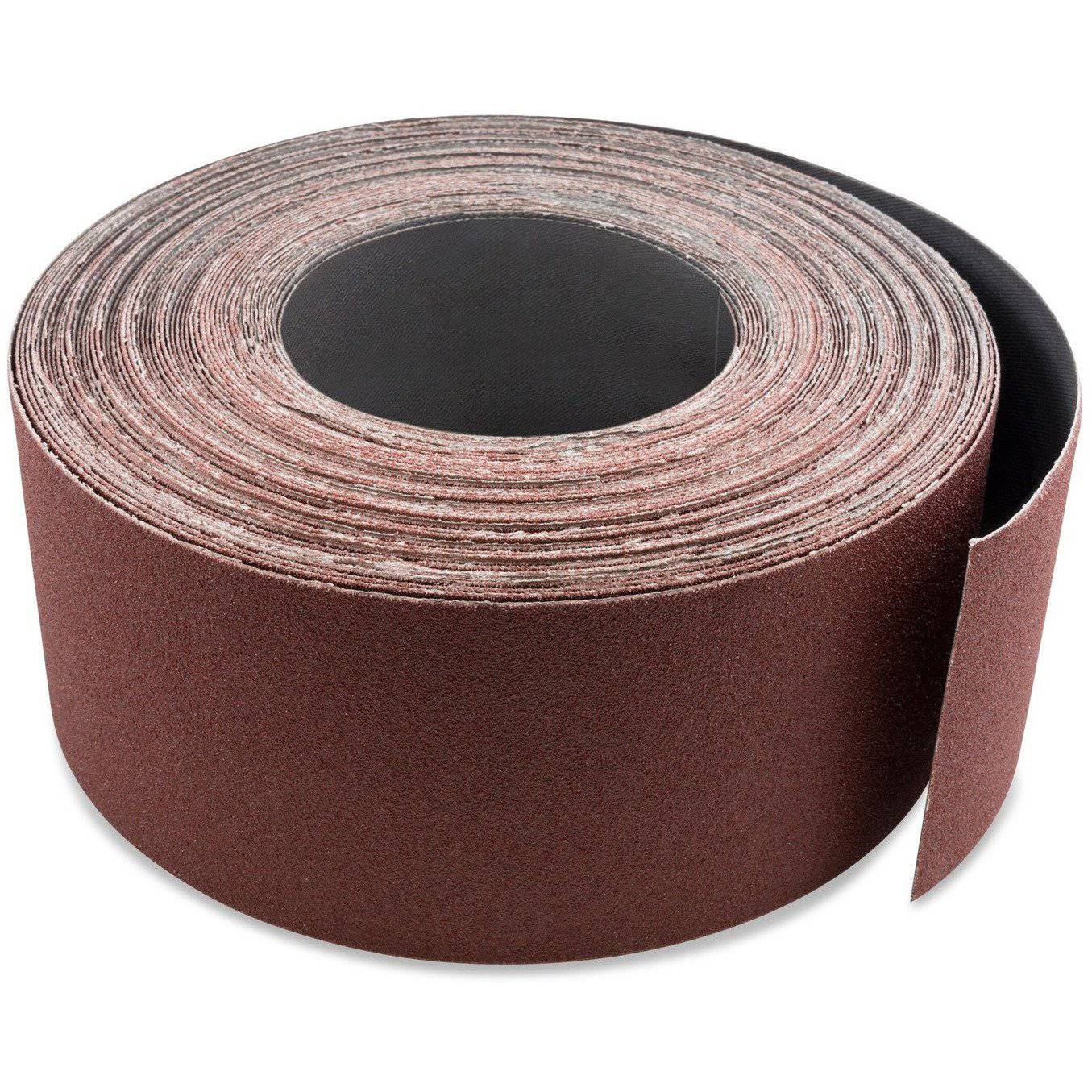
3 inch X 70 FT Woodworking Aluminum Oxide Cloth Drum Sander Strip Roll
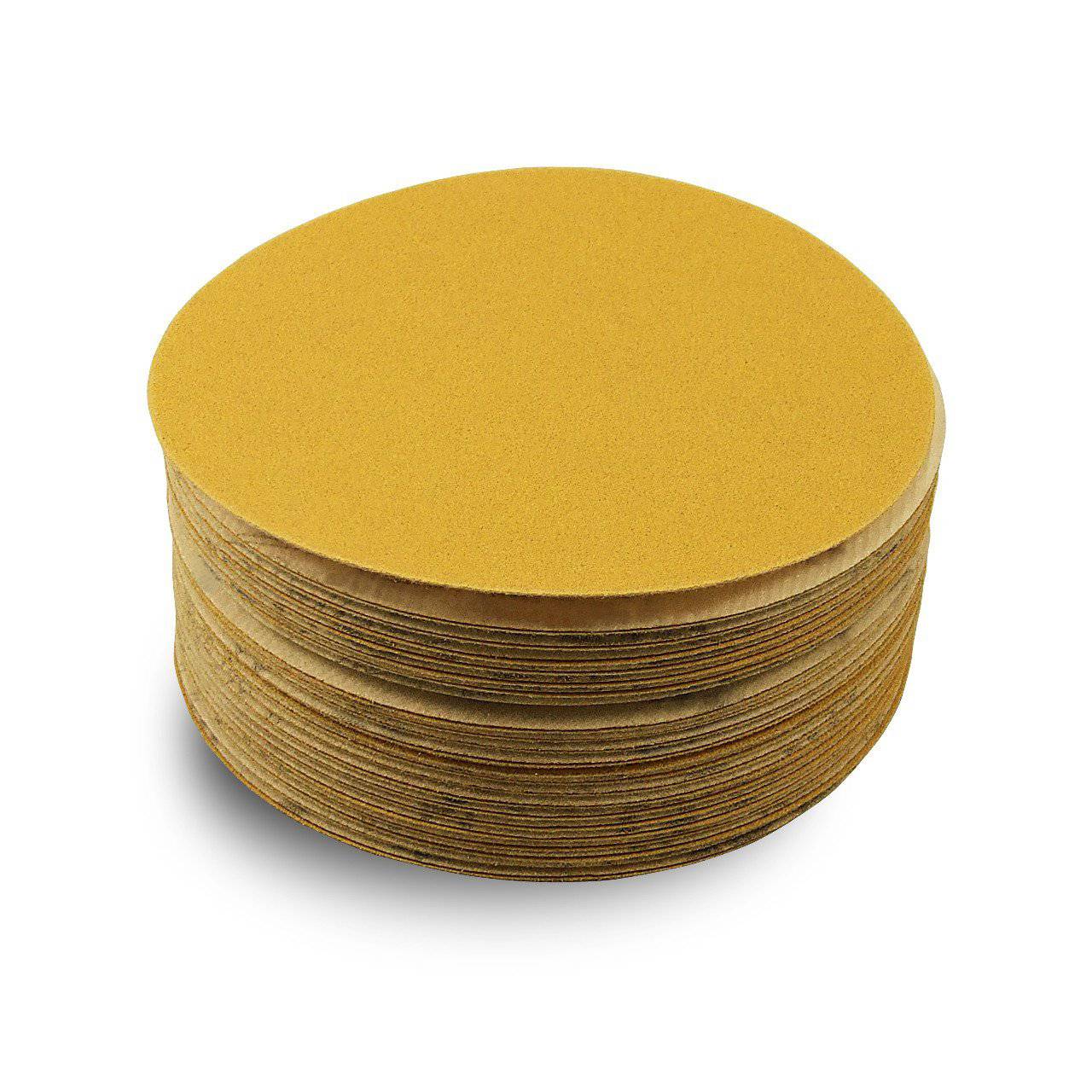
5 Inch Hook and Loop Gold Sanding Discs, 50 Pack
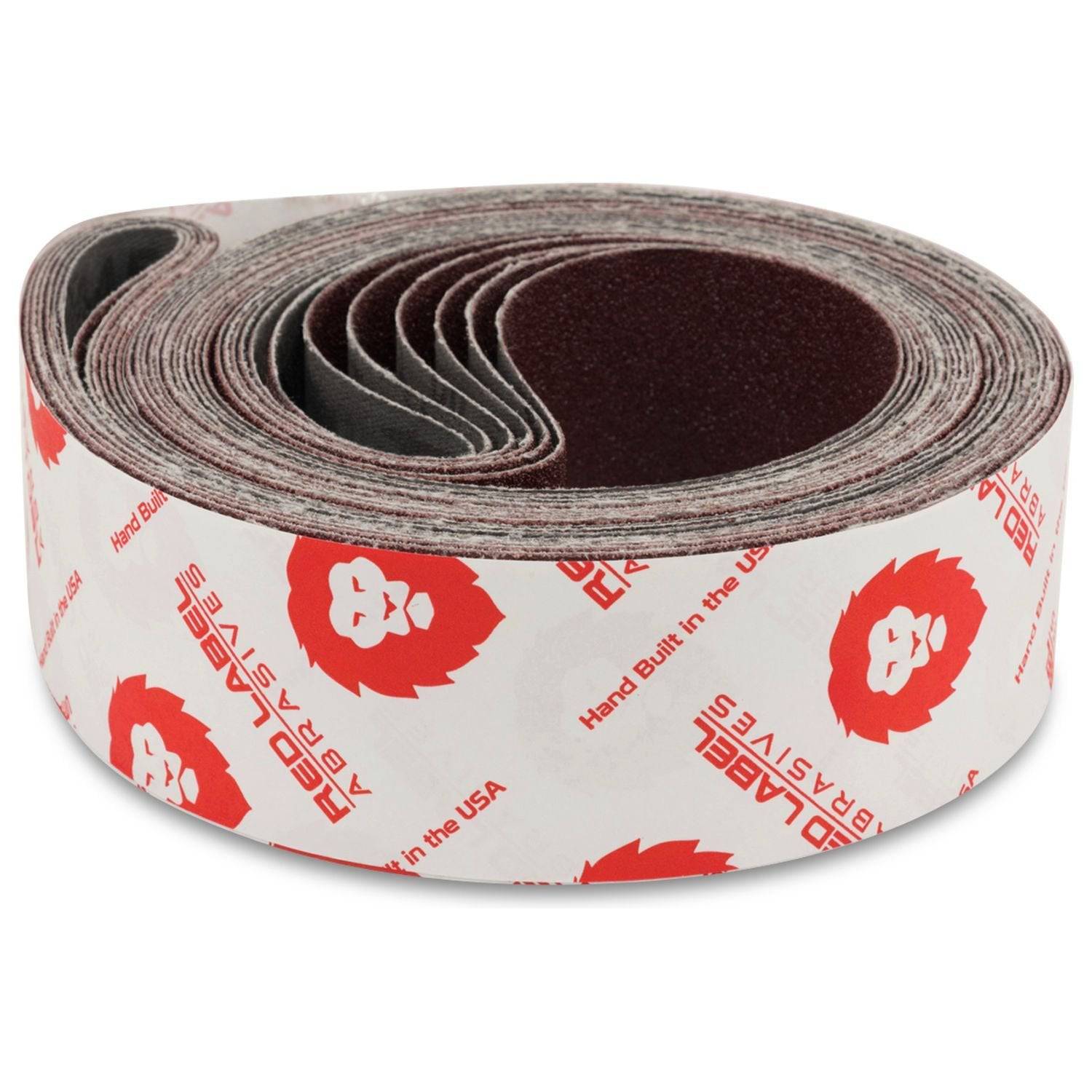
2 X 72 Inch Multipurpose Sanding Belts, 6 Pack
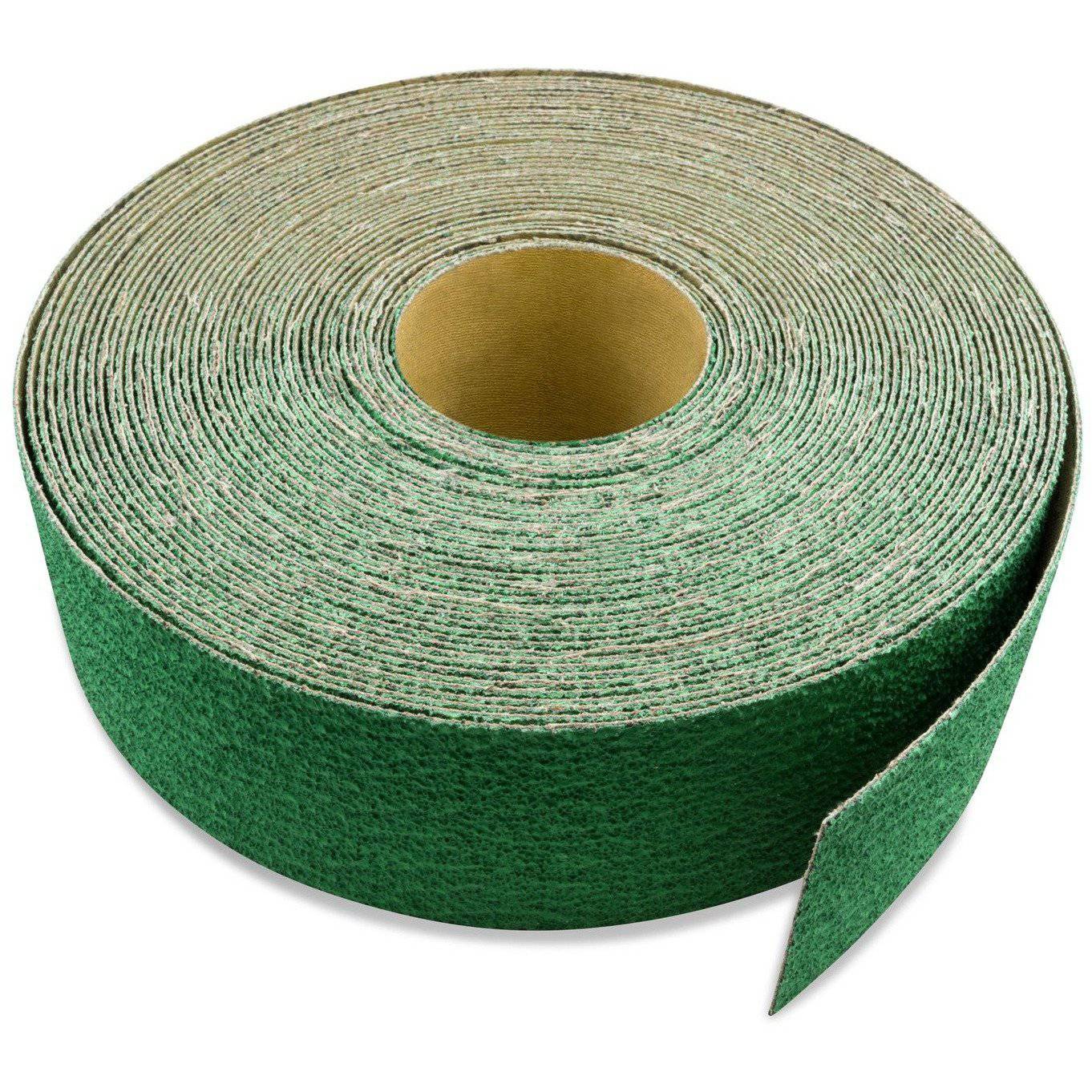
3 inch X 70 FT Premium Zirconia Woodworking Drum Sander Roll
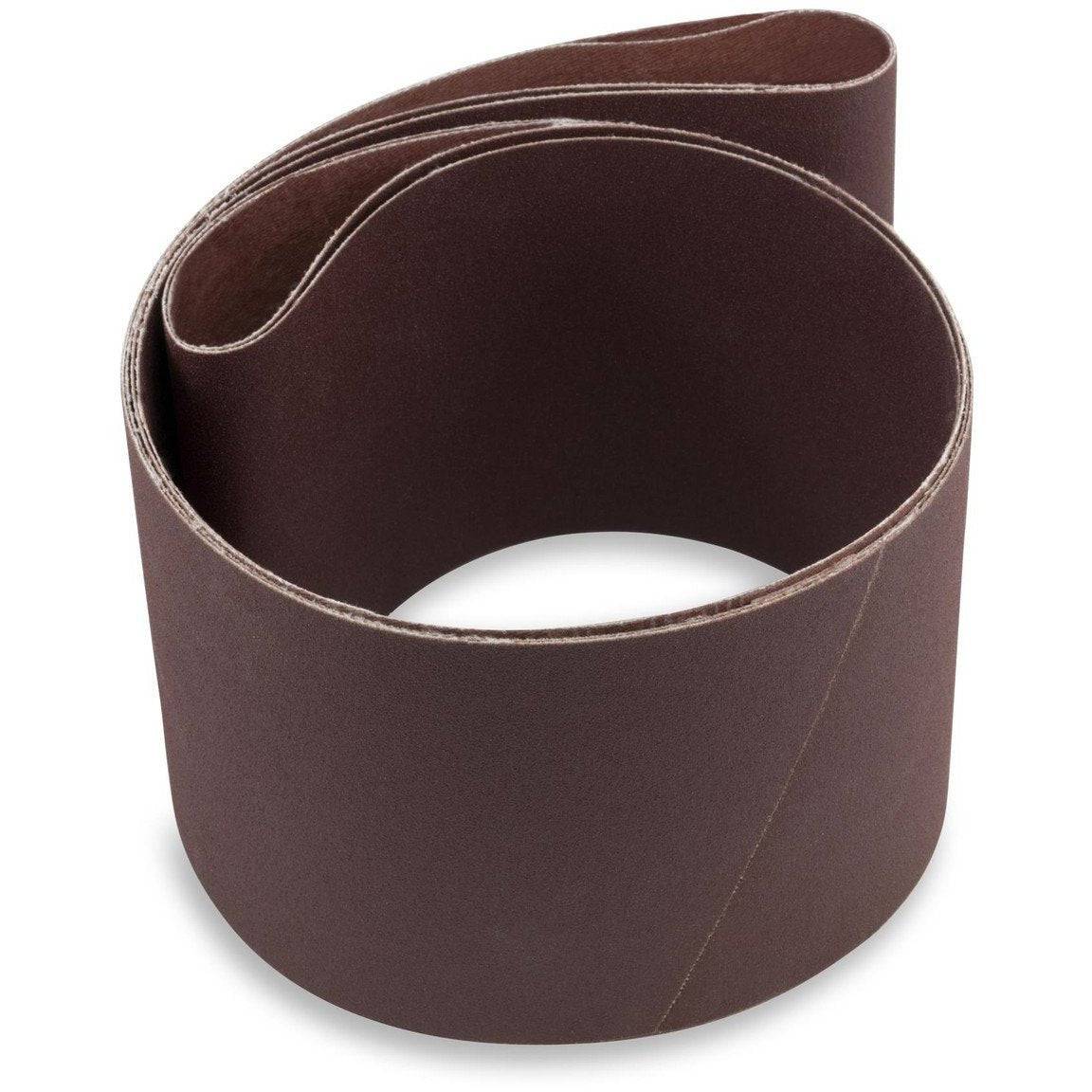
6 X 48 Inch Aluminum Oxide Wood & Non-Ferrous Sanding Belts, 2 Pack
Shop By Product Category





Why Choose Red Label?







